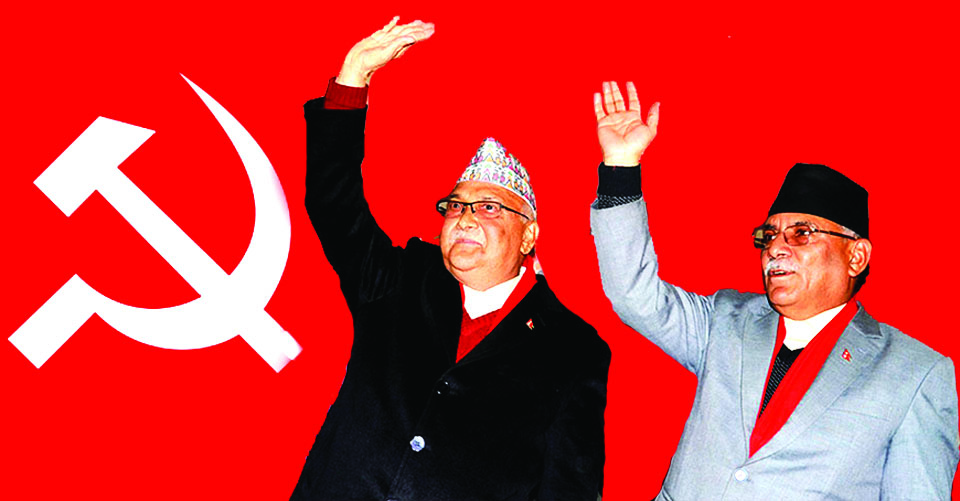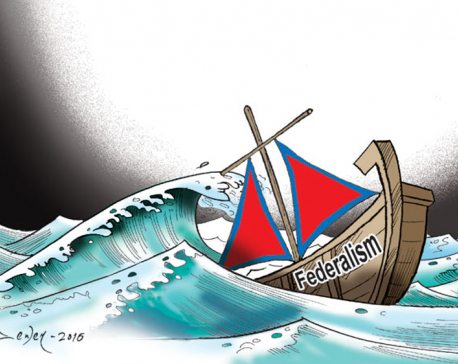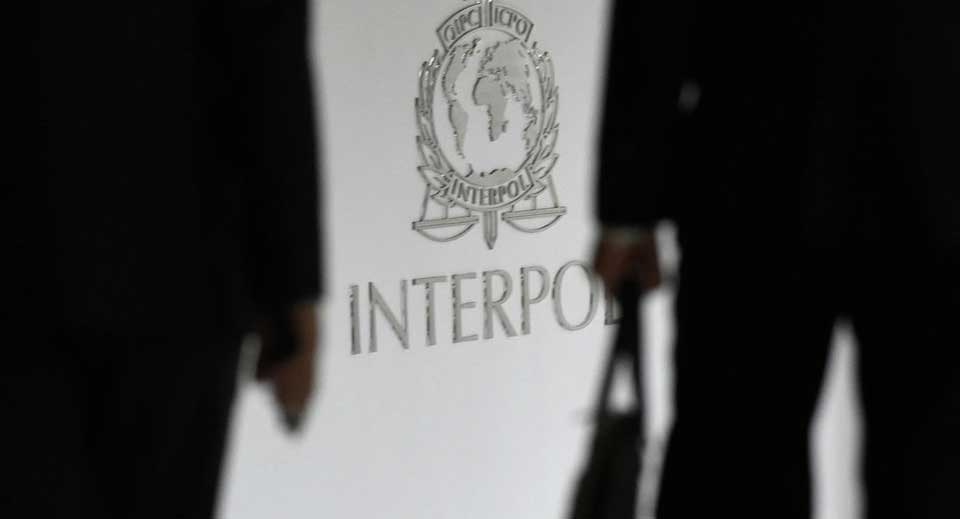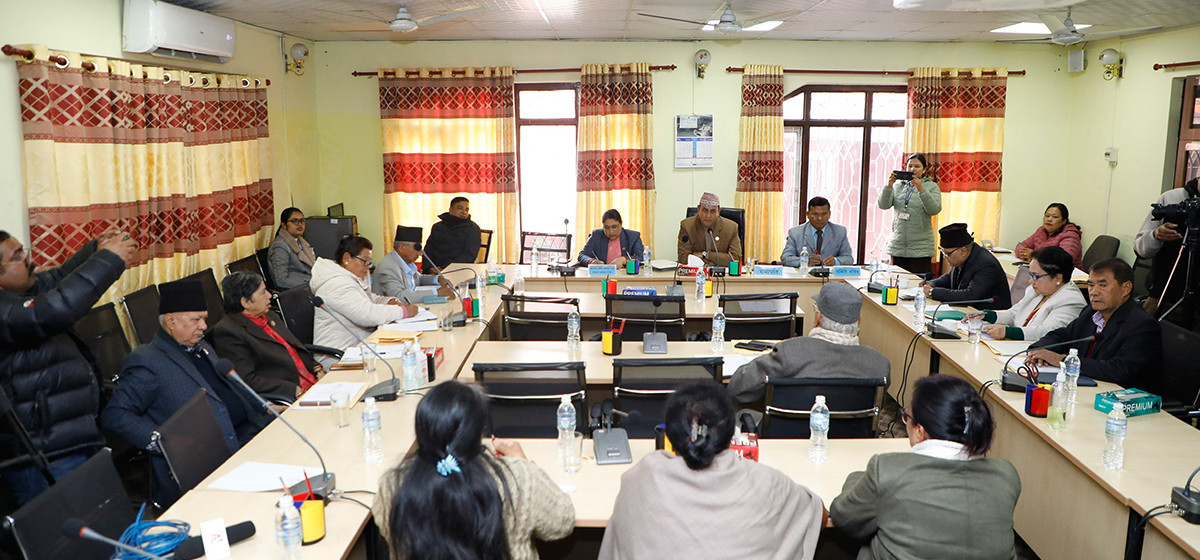
OR

Nepal’s elusive economic transformation will come by opening the economy to encourage new enterprises that can afford to take risks and suffer failures
Prime Minister K P Oli and Pushpa Kamal Dahal (Prachanda) may not know it yet but the economic transformation they now seek lies in unlocking Nepal’s dormant capitalism.
Nepal’s new Civil and Criminal Code came into effect on August 17. It replaced the 165 years old Muluki Ain that was implemented by the first Rana prime minister Jung Bahadur. The systemic and sanctioned exclusions of the past are now gone replaced by a broader, inclusive and just code. Despite opposition to parts of the new code, its coming into effect marks a turning point in our history.
Nepal’s transformation promised changes on three fronts: political, social and economic. The first two—political and social—are now underway. Perhaps not quite complete—much still needs to be done—but there is now a critical mass to provide confidence that we will get there.
Economic transformation remains elusive. Like a stool that can’t stand on two legs, at least without tremendous dexterity of balance which we ordinarily don’t possess, Nepal’s promised transformation will be incomplete without an economic transformation.
Rather than an economic transformation, the economy has shifted little. The players and the methods remain the same.
The older holders of capital—the wealthy—remain the new holders of capital. They haven’t become any more entrepreneurial, generous or less self-interested. Only allegiances have changed. Instead of the palace, patronage now comes from political leaders. The methods of the economy have also changed little. Corruption and crony capitalism remain the dominant drivers of competitive advantage.
Even with so much political and social gains, the absence of economic opportunities makes it hard to be inspired about the future.
In the face of faltering economic transformation, government’s impulse has been to reach out and grab with the claim that it can do better than its predecessors. In the first budget for the republic of Nepal, the finance minister outlined how government would reassert its control over delivery of services and ownership of industries. Government, he argued, would take a more commanding role in the economy and drive growth.
The finance minister’s vision is a bit like pretending to balance sitting on a two-legged stool.
We have a new political order. We have a new social order. But the power centers are unchanged from the days of Panchayat era. The old holders of capital are still the new holders of capital. Corruption and crony capitalism are as pervasive now as it was then. If power brokers and their incentives haven’t changed; if the economic order hasn’t changed; how is that when the government failed to fire up the economy then, it will miraculously succeed now?
Waiting for government to transform the economy through greater ownership of service delivery and enterprises would be to set ourselves up for many decades of disappointment, failed expectations and ultimately a reversal of the political and social gains that is now Nepal’s best story.
We must seek an alternate view.
Much like political parties have collectively brought about tremendous decentralization in political and social conditions, we must now push forward with the decentralization of economic power. One way to do that would be to unlock the dormant capitalism that currently remains caged.
There could be many laws and regulations we could change. In this piece, we tell the story through one very specific regulation.
Project finance
Although it sounds esoteric, project finance is a simple concept. It is a structure by which lenders lend to an enterprise for the specific purpose of a project. There are many forms of project finance with varying levels of collateral or security offered by the borrower. The most interesting, and the subject of this piece, is non-recourse financing.
In non-recourse financing the borrower offers no collateral other than the asset of the project for which the loan is sought. Only the cash-flow generated from the project is used to repay the loan. If for some reason the project fails to generate enough cash to repay the loan, the bank seizes the assets of the project for which it provided the loan. The lender has no further recourse to any other assets.
Another way to understand non-recourse project finance is by contrasting it against corporate financing. With corporate financing, the lender still lends against a specific project, but the borrower pledges the broader corporate assets against the loan. If the project fails, the bank has recourse to other corporate assets pledged by the borrower.
In Nepal, typical project lending extends even further. Borrowers are required to provide personal guarantees. Lenders then have recourse to the project asset, the borrowers’ corporate assets and personal assets.
An economy with Nepal’s lending and borrowing structure is no different than a system when the palace and its cronies owned all the national assets and controlled the economy. We may have overturned the 165 years old Muliki Ain but we haven’t progressed an inch.
Maintaining existing advantages
The failure to introduce meaningful non-recourse project financing disproportionately favours the rich over the poor, the advantaged over the disadvantaged independent of who has the better project.
If the only way to start an enterprise is to pledge the gold in your house, then only those who have gold in their house in the first place can undertake projects. The less fortunate with no gold to risk will have to head to Qatar to build football stadiums in the sun.
The absence of meaningful non-recourse project financing stunts economic activity. It discourages risk taking, dampens innovation and provides no room for failure. An economy cannot thrive if those that fail in business, without committing any fraud or corruption, and acting with full perseverance are reduced to losing everything they have. In our context, the real indicator for economic growth is the cost of failure. Currently, the cost of failure is disproportionately high for those who are not privileged enough to afford to such risk.
When Nepali banks have been pushed to consider non-recourse type project financing, they have resisted arguing that it is hard to discern true project worth and the lack of other prerequisite regulatory support.
The bank’s arguments are largely disingenuous. Banks around the world have figured out how to do it. The science is well understood and demonstrated. Nepali banks and financial institutions are simply lazy, operating as glorified pawn shops rather than growth engines that are invested in the economy. Due-diligence of project finance is difficult. It requires lenders to be far more engaged in assessing projects. But it is not impossible even with the Nepal’s current economic system. Our financial institutions must summon the courage to evolve from being petty money lenders.
Decentralize the economy
What should Prachanda and Prime Minister Oli do to deliver on the promise of economic transformation?
They could require financial institutions to provide the same amount of non-recourse project loans as secured loans. For every one rupee in a secured loan, one rupee towards a non-recourse project loan. Then, they could sit on a three-legged stool and watch the economy boom as Nepalis return home to start enterprises instead of building football stadium in Qatar.
Or, they could spend their time trying to balance sitting cross-legged on a two-legged stool.
bishal_thapa@hotmail.com
You May Like This

Why Federalism has Become Risky for Nepalese Democracy
The question arises, do federal or unitary systems promote better social, political and economic outcomes? Within three broad policy areas—political... Read More...

Nepal's Forests in Flames: Echoes of Urgency and Hopeful Solutions
With the onset of the dry season, Nepal's forests undergo a transition from carbon sinks to carbon sources, emitting significant... Read More...

'Victim blaming'- Nepali society's response to sexual violence
Multiple studies show that in most sexual assaults, the attacker is someone known and trusted by the victim. ... Read More...



Just In
- Chemical fertilizers imported from China being transported to Kathmandu
- Man dies in motorcycle accident in Dhanusha
- Nepal face early setback as four wickets fall in powerplay against UAE
- Australian unemployment rate rises to 3.8 percent in March
- Gold price increases by Rs 700 per tola
- Fire destroys wheat crop in Kanchanpur, Kailali
- Bipin Joshi's family meets PM Dahal
- State Affairs and Good Governance Committee meeting today
















Leave A Comment